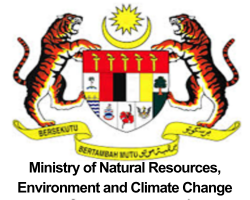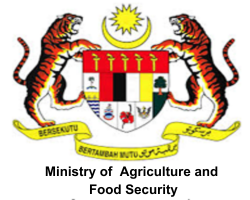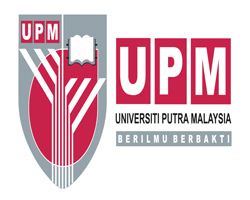Abd Ghani, Rosnani and Wan Mamat, Wan Zaki and Mat Ali, Mohd Shukri and Mirad, Razali and Sharu, Eddy Herman and Mohd Shariff, Ahmad Fauzi (2019) The effect of kacip fatimah (Marantodes pumilum) plant density under semi-controlled environment for high production of biomass and bioactive content. [Journal / Magazine]
|
Text
pumilum.pdf Download (519kB) |
Abstract
Marantodes pumilum or kacip fatimah is one of the most sought-after valuable herbs in Malaysia and is commonly used by Malay women after childbirth. M. pumilum is a jungle species and difficult to cultivate ex situ. Therefore, M. pumilum needs to be adapted to the agricultural environment ex situ before it can survive and grow optimally. Currently, a huge volume of the plant raw materials is obtained directly from the jungle or imported from neighbouring countries. There is an urgent need to develop good cultural practices for M. pumilum such as plant density or plant spacing. This criterion is important to ensure high yields both in terms of biomass and phytochemical contents. Plant spacing refers to the between-row spacing and interplant spacing. In this study, between-row spacing was fixed at 25 cm and interplant spacing was tested with three different distances of 12.5 cm (D1), 25 cm (D2) and 37.5 cm (D3), respectively. Population density was tested in the following ranges: 320,000 plant/ha, 160,000 plant/ha and 106,666 plant/ha, respective at D1, D2 and D3. The interplant spacing study was carried out under a field nursery system with an 80% shade level. The study was statistically designed in a randomised complete block design (RCBD) with five replications. Plant growth, biomass, total polypeptide content, total phenolic content and total flavonoid content data were recorded. The results revealed that an interplant spacing of 12.5 cm is the best for M. pumilum as it produced 54 – 65% higher fresh yield, 50 – 69% higher dry yield and 51 – 66% higher total polypeptide yield compared to the other two interplant spacings. This translates to a higher overall bioactive content in terms of its phytochemical and polypeptide production per hectare.
| Item Type: | Journal / Magazine |
|---|---|
| Creators: | Abd Ghani, Rosnani and Wan Mamat, Wan Zaki and Mat Ali, Mohd Shukri and Mirad, Razali and Sharu, Eddy Herman and Mohd Shariff, Ahmad Fauzi |
| Title: | The effect of kacip fatimah (Marantodes pumilum) plant density under semi-controlled environment for high production of biomass and bioactive content |
| Date: | 2019 |
| Location: | Institut Penyelidikan Dan Kemajuan Pertanian Malaysia (MARDI) website |
| Publication: | Institut Penyelidikan Dan Kemajuan Pertanian Malaysia (MARDI) |
| Volume: | 47 |
| Number: | 2 |
| Physical Description: | 10p. |
| Additional Information: | Kepadatan tanaman bagi kacip fatimah (Marantodes pumilum) untuk pengeluaran hasil dan kandungan biojisim dan bioaktif yang tinggi di bawah persekitaran separa-terkawal |
| Agency Name: | Universiti Putra Malaysia (UPM) |
| Date Deposited: | 03 Sep 2021 07:20 |
| Last Modified: | 03 Sep 2021 07:20 |
| URI: | http://myagric.upm.edu.my/id/eprint/17620 |
Actions (login required)
 |
View Item |







